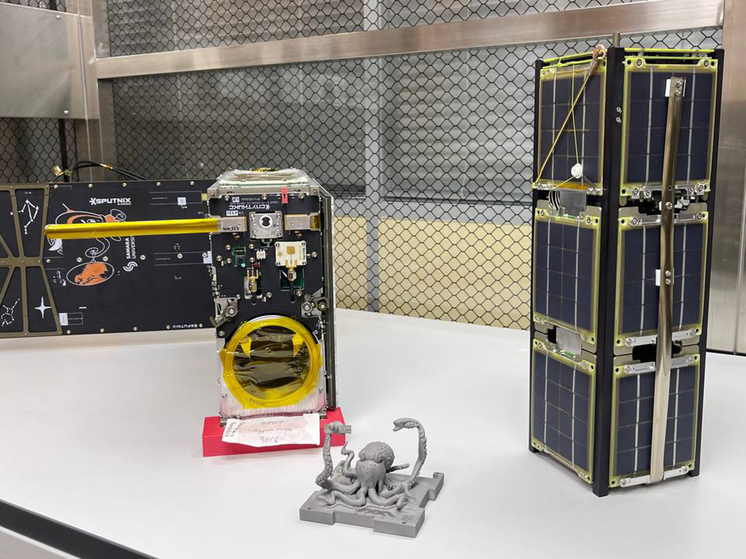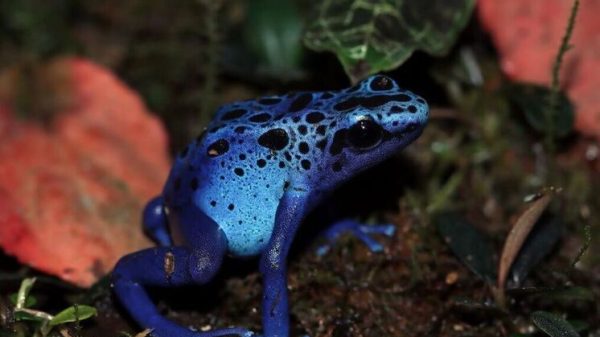The author of the idea hopes that he will attract more young scientists to the topic of space debris
A figurine of an octopus printed on a 3D printer will be carried into orbit by a satellite created for the Northern Arctic Federal University. The start is scheduled for May 2024.
 Cubsat and jellyfish. Photo courtesy of the development company.
Cubsat and jellyfish. Photo courtesy of the development company.
The Arctic-Sat spacecraft of the cubesat format (ultra-small satellite) was built for the university under the SPACE-π program. It is designed to study the influence of cosmic radiation on the satellite itself, as well as to track the location of sea vessels.
In a fairly small volume, it was possible to place a universal radiation detector, a receiver for automatic identification of ships. The installation will also be located there – an octopus created according to the idea of the artist Elena Miro on a 3D printer.
According to her, this image was not chosen by chance: in nature, octopuses guard the cleanliness of the seabed. By this analogy, the space octopus has become a symbol of the fight against orbital debris. The figure is made from a domestic metal powder composition using selective laser melting technology. Its special alloy is capable of withstanding all the loads associated with the launch, as well as negative influences outside the earth’s atmosphere.
The metal-powder octopus will not be bored during the flight: the creators of the satellite will install a camera inside the device aimed at this object. This will allow him to periodically “take selfies” and send them to Earth.






















































Свежие комментарии